We often think of outdoor pollution as the primary source of toxic air, but the reality is that the air inside our homes can be just as harmful. Indoor air pollution can be worse than outdoor air in some cases, with contaminants such as dust, mold, pet dander, and volatile organic compounds (VOCs) circulating in the air. The impacts of poor indoor air quality can range from mild allergies to serious respiratory issues, affecting your overall health. Fortunately, there are simple and effective ways to improve the air quality in your home. Here are 14 ways you can make your indoor air cleaner and healthier for you and your family.
1. Use An Air Purifier
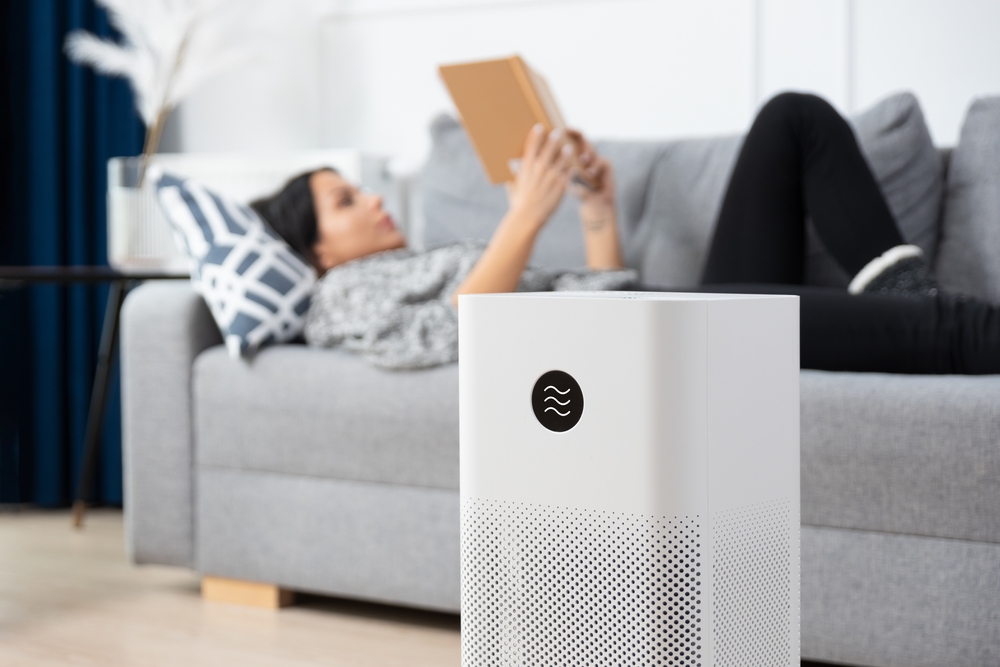
One of the most effective ways to improve indoor air quality is by using an air purifier. According to Eureka Forbes, air purifiers can filter out dust, pollen, pet dander, smoke, and even harmful chemicals like VOCs. Look for a purifier with a HEPA filter, which can trap particles as small as 0.3 microns. Additionally, some air purifiers come with activated carbon filters, which are designed to remove gases and odors, ensuring a more comprehensive clean.
It’s important to choose the right air purifier for the size of the room you want to purify. Running the purifier 24/7 will maximize its benefits, especially if you live in an area with high levels of pollution or have allergens in your home. Regular maintenance, such as cleaning filters and replacing them when needed, is key to keeping your air purifier working efficiently.
2. Keep Your Home Clean

Regular cleaning helps reduce the buildup of dust, mold, and other pollutants that can affect your indoor air quality. According to ISSA, regular cleaning removes allergens such as dust, pollen, and pet dander, which can trigger allergies and respiratory issues. Use a vacuum cleaner with a HEPA filter to capture fine dust and allergens, and make sure to wipe down surfaces to avoid the accumulation of dust. Pay special attention to areas like carpets, rugs, and upholstery, which can trap dust and pet dander.
In addition to general cleaning, make sure to clean areas that tend to harbor mold, such as bathrooms and kitchens. Use natural cleaning products that don’t contain harsh chemicals or fragrances, as these can contribute to indoor air pollution. Keeping your home clean and free of contaminants will drastically improve your air quality.
3. Ventilate Your Home
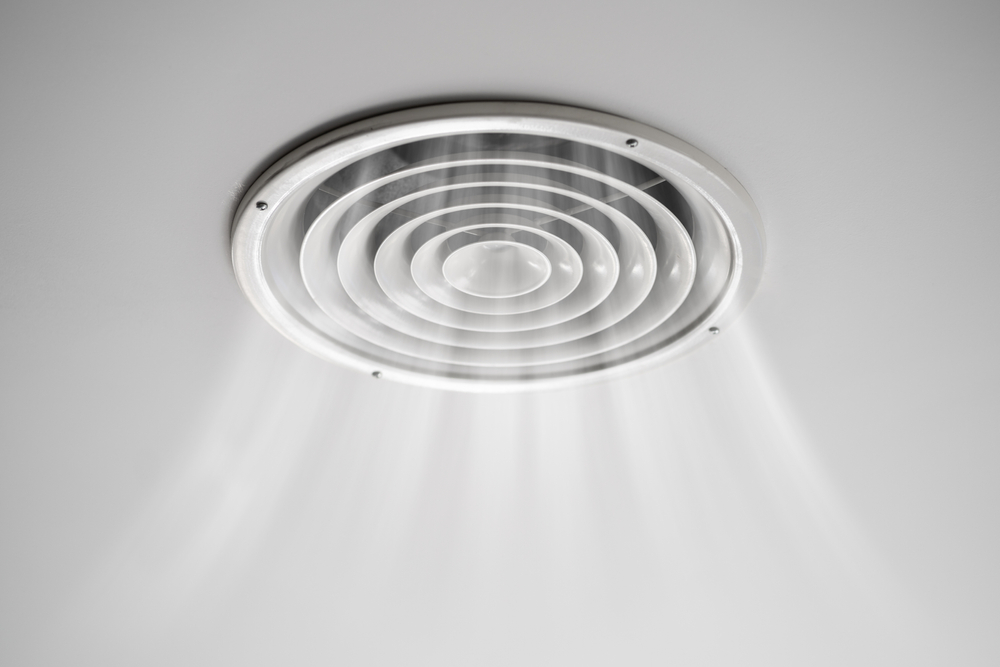
Proper ventilation is essential for maintaining good indoor air quality. According to Canada.ca, ventilation helps remove pollutants from the home and brings in fresh air from outside. Make sure to open windows regularly to let fresh air circulate, especially in rooms where you cook, clean, or use chemicals. In homes without natural ventilation, consider installing exhaust fans in the kitchen and bathroom to remove moisture, odors, and pollutants.
To enhance ventilation, you can also use a whole-house ventilation system or a heat recovery ventilator (HRV), which will bring in fresh air while removing stale air. Ventilating your home regularly helps maintain a healthier indoor environment.
4. Remove Toxic Candles And Air Fresheners

Candles, air fresheners, and scented products can release harmful chemicals into the air, including VOCs like formaldehyde and benzene. According to The Conversation, these substances can irritate your lungs, trigger allergies, and contribute to long-term health problems. If you love using candles, opt for soy-based or beeswax candles with natural scents like essential oils, which are less likely to release toxins.
Instead of using chemical-laden air fresheners, consider using a diffuser with essential oils, or try making your own natural air fresheners using baking soda and citrus peels. Not only will you improve the air quality, but you’ll also avoid exposing yourself to unnecessary chemicals.
5. Keep Humidity Levels In Check
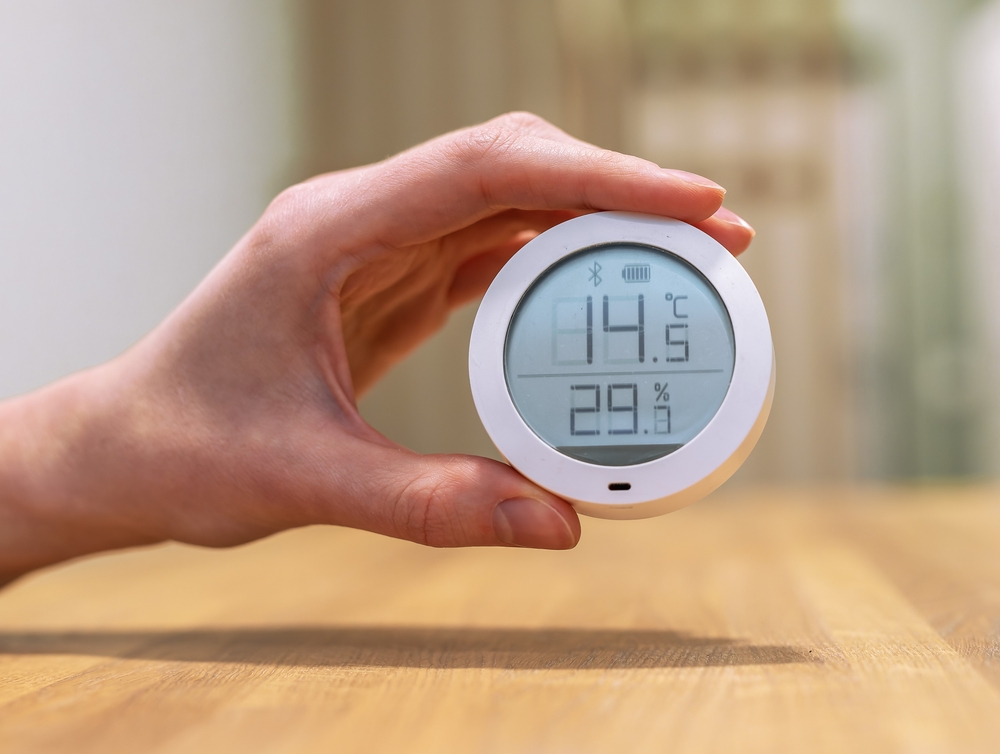
High humidity levels can promote the growth of mold and mildew, which are known to negatively affect air quality. On the other hand, low humidity can cause dry skin, irritated sinuses, and an increase in airborne dust particles. Ideally, you should aim to keep your home’s humidity levels between 30 and 50 percent.
To maintain the right humidity levels, use a dehumidifier in damp areas like basements and bathrooms. A humidifier can help add moisture to the air in dry environments, especially during winter. Regularly monitor humidity levels with a hygrometer to ensure a healthy balance and prevent mold growth.
6. Choose Houseplants That Purify Air

Some indoor plants are excellent at purifying the air by absorbing toxins and releasing oxygen. Plants such as spider plants, peace lilies, and snake plants have been shown to filter out harmful chemicals like formaldehyde, benzene, and trichloroethylene. Incorporating a few of these plants into your home can help improve air quality naturally and add a touch of greenery to your space.
However, be mindful of the type and number of plants you bring into your home. Overwatering plants can lead to mold growth, which could worsen air quality. Choose plants that require minimal maintenance, and make sure to place them in areas that receive appropriate sunlight.
7. Avoid Smoking Indoors
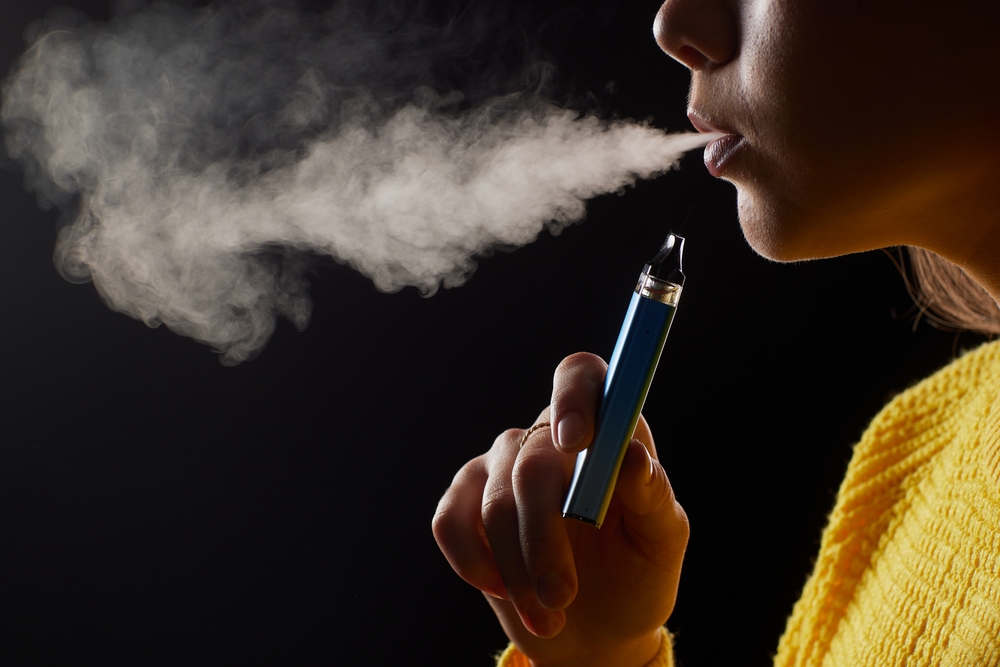
Smoking indoors is one of the most detrimental actions you can take when it comes to indoor air quality. Tobacco smoke contains harmful chemicals such as nicotine, formaldehyde, and ammonia, all of which contribute to poor air quality and can cause long-term respiratory issues. The effects of secondhand smoke are especially harmful to children and pets, so it’s essential to avoid smoking inside your home.
If you do smoke, make sure to do so outside, away from any open windows or ventilation systems that could pull smoke indoors. Avoid smoking near doors, vents, or air intakes to ensure that the harmful particles don’t enter your living space. Keeping the air inside your home smoke-free is one of the most significant steps you can take to protect your health and improve air quality.
8. Use Non-Toxic Paints
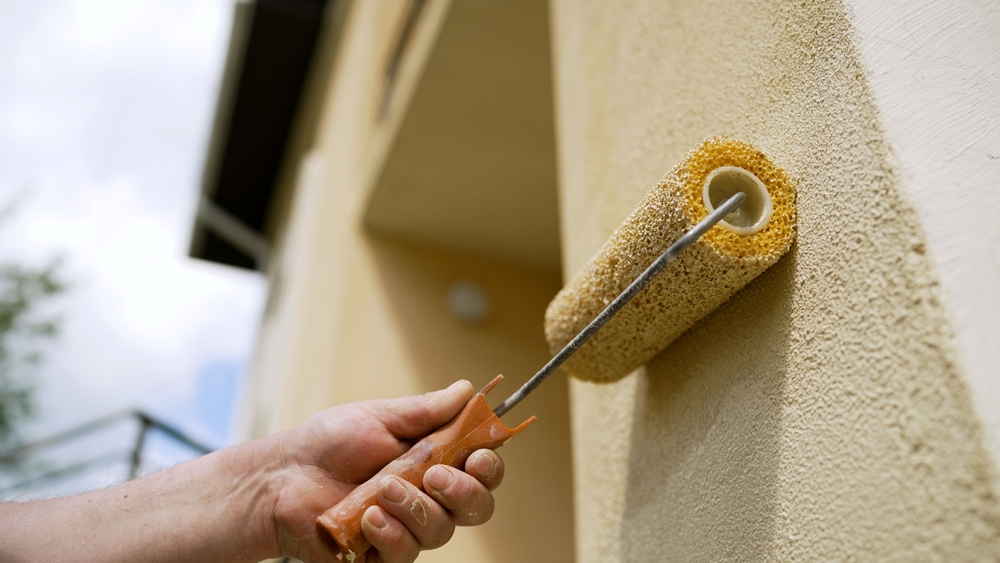
Paints and finishes can emit VOCs that contribute to poor indoor air quality. When choosing paint for your home, opt for low-VOC or no-VOC paints, which release fewer toxic chemicals into the air. These paints have improved significantly over the years and provide the same durability and coverage as traditional paints, without the harmful fumes.
Before painting, ensure proper ventilation to help the paint dry quickly and disperse any remaining fumes. Ventilating the room while painting and for a few days afterward will help clear the air and reduce exposure to toxic chemicals. Non-toxic paints are better for both the environment and your health, especially when used in bedrooms and living areas.
9. Limit The Use Of Synthetic Materials
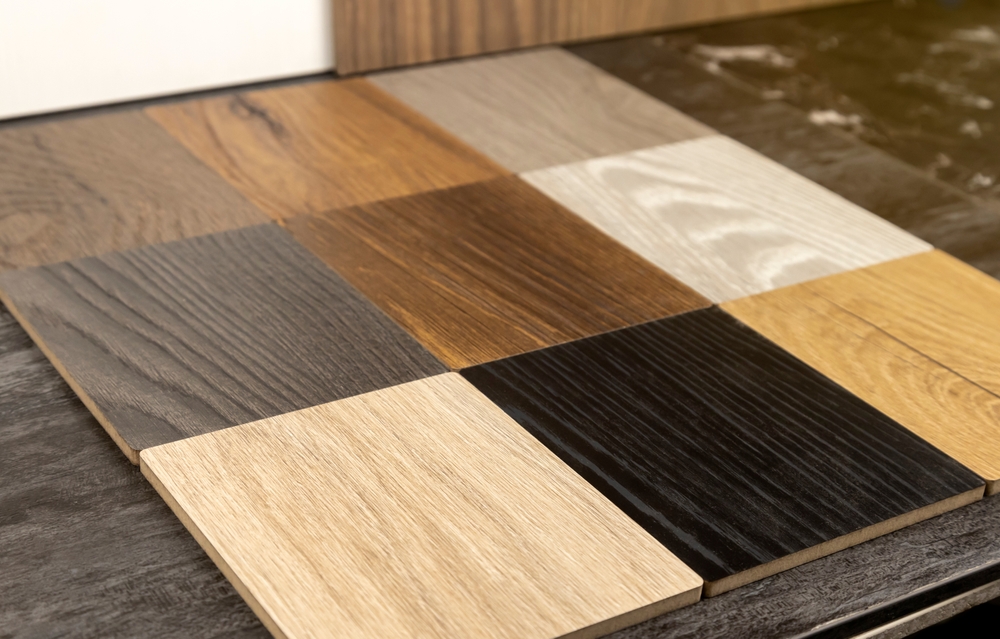
Synthetic materials like carpets, vinyl flooring, and upholstered furniture can release harmful chemicals into the air over time. These materials often contain flame retardants, formaldehyde, and other toxic substances that can compromise indoor air quality. Opt for natural materials like wood, cork, or bamboo flooring, and choose organic fabrics for upholstery and bedding.
If you do have synthetic materials in your home, ensure proper ventilation and regular cleaning to minimize exposure to harmful chemicals. Over time, replacing synthetic items with natural alternatives can significantly improve your indoor environment and contribute to better health.
10. Regularly Replace Air Filters
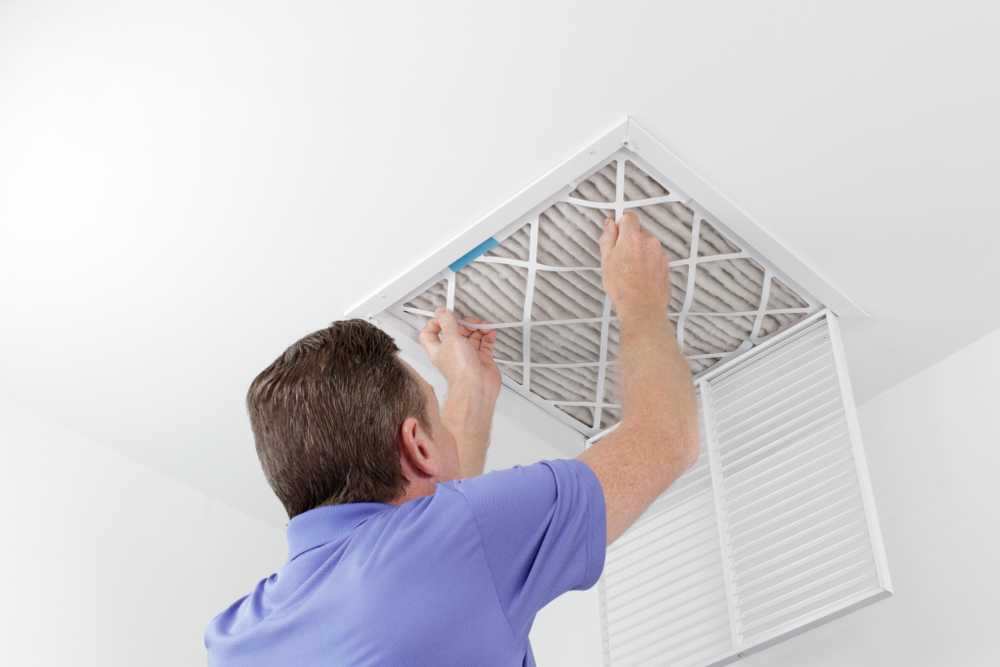
If you have central heating or air conditioning, make sure to change the filters regularly. Air filters trap dust, allergens, and particles, but over time, they can become clogged and less effective. Replacing the filters every few months (or more often if you have pets or suffer from allergies) ensures that your HVAC system continues to circulate clean air.
When selecting a replacement filter, choose one with a high MERV (Minimum Efficiency Reporting Value) rating to trap smaller particles. This simple maintenance step can make a big difference in the quality of air circulating through your home. A well-maintained filter system helps reduce airborne contaminants and keeps your air fresh and clean.
11. Use Natural Cleaning Products
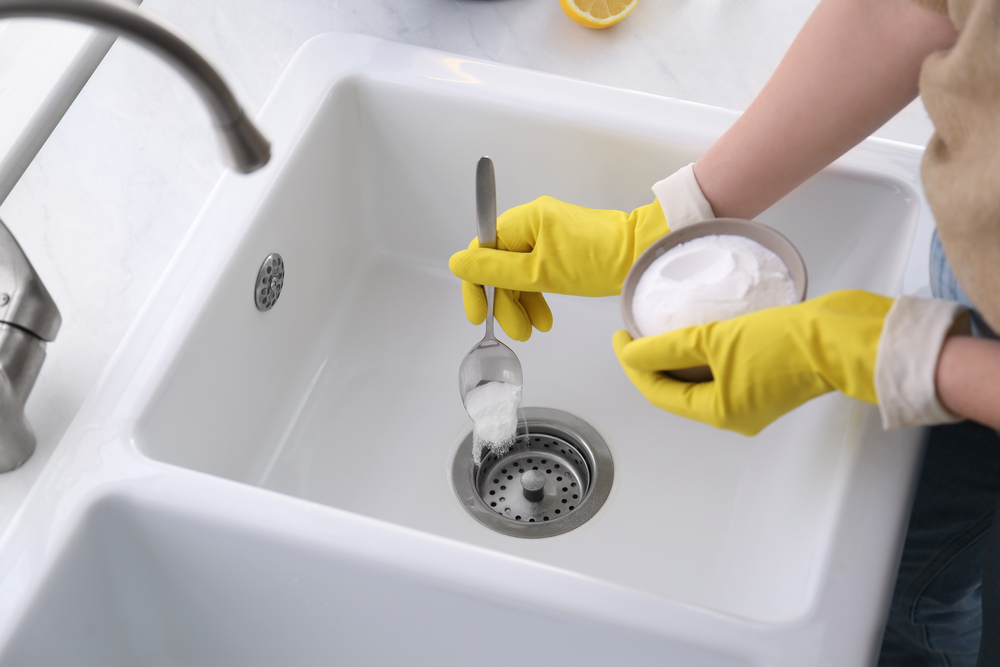
Many conventional cleaning products contain harsh chemicals that can release toxic fumes into the air. These fumes can irritate your respiratory system and contribute to poor indoor air quality. Switching to natural cleaning products that use non-toxic ingredients like vinegar, baking soda, and essential oils can help reduce your exposure to harmful chemicals.
By making this small change, you’ll not only improve the air quality in your home but also contribute to a healthier environment overall. Consider making your own cleaning solutions to avoid unnecessary packaging and additives. With natural products, your home will be cleaner and fresher without the harmful chemicals.
12. Avoid Excessive Use Of Plastic
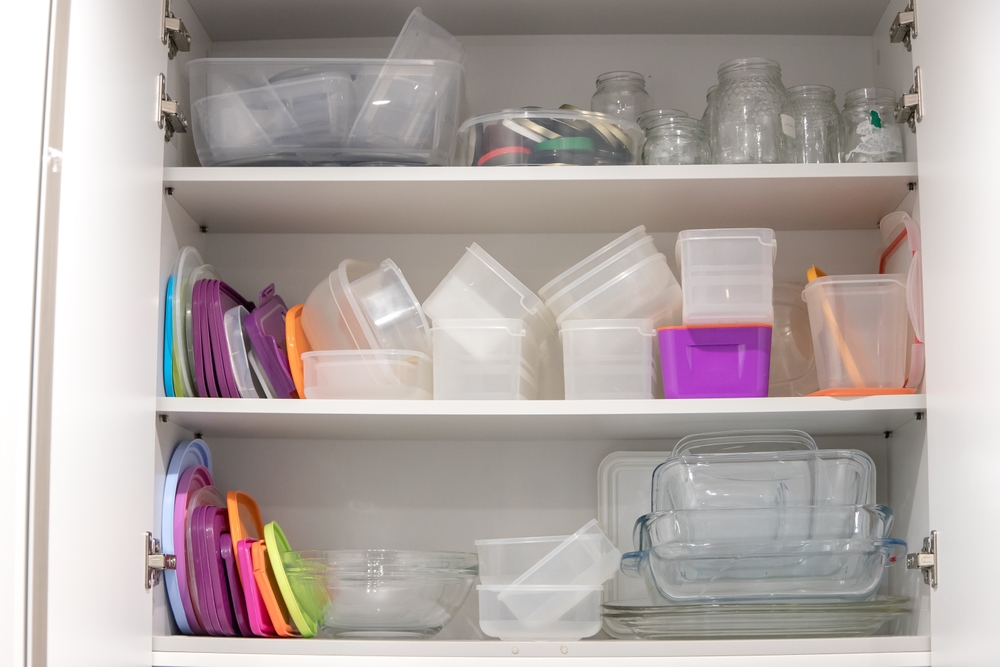
Plastic items can release harmful chemicals such as BPA and phthalates into the air, especially when heated or exposed to sunlight. These chemicals can negatively impact both your health and the environment. Opt for glass, stainless steel, or bamboo alternatives for storage and everyday items in your home.
Reducing plastic use not only improves the air quality but also lowers the overall environmental footprint of your household. Make simple switches, such as replacing plastic containers with glass jars or choosing bamboo toothbrushes instead of plastic ones. These small changes can have a big impact on your indoor air quality and contribute to a healthier home environment.
13. Maintain Your Chimney And Fireplace

If you use a fireplace or wood stove, make sure to have the chimney cleaned and inspected regularly. Over time, creosote can build up in the chimney, creating a fire hazard and leading to poor indoor air quality. Burning wood releases particles into the air, which can irritate your lungs and worsen allergies.
Ensure that your chimney and fireplace are well-maintained and properly ventilated. Use dry, seasoned wood to reduce the amount of smoke and particulate matter released into your home. Regular chimney cleaning and proper fire maintenance will help you enjoy your fireplace safely while maintaining healthy air quality indoors.
14. Regularly Open Windows

Simply opening your windows for a few minutes each day can dramatically improve indoor air quality. Even in colder months, allowing fresh air to circulate for a short time can help reduce indoor pollutants like VOCs, dust, and pet dander. This is particularly important in rooms where cooking, cleaning, or heavy activity takes place.
While outdoor air may not always be pristine, it’s still typically cleaner than indoor air that is confined to a closed space. Aim to open windows for at least 10-15 minutes each day, especially in rooms with high moisture levels like the kitchen or bathroom. Fresh air helps flush out pollutants, giving you a healthier home environment.
Natasha is a seasoned lifestyle journalist and editor based in New York City. Originally from Sydney, during a stellar two-decade career, she has reported on the latest lifestyle news and trends for major media brands including Elle and Grazia.


